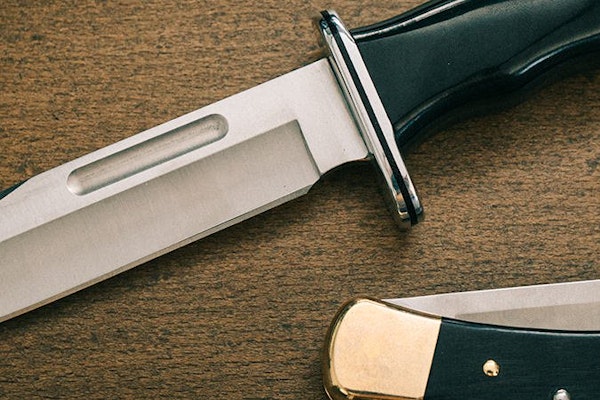Our story, the story of Buck Knives is a story of a family that is proud of its roots, and remains dedicated to the same basic precepts that our founder, Hoyt Buck so clearly laid out many years ago.
It all began at the turn of the century when Hoyt, a teenage apprentice blacksmith created his first knife – a knife that led the way to the wide range of knives that proudly bear his name today.
Based on “The Story of Buck Knives… A Family Business”, written by Tom Ables, we’ll unfold our story, a century of Buck family history and business ventures that created our company.
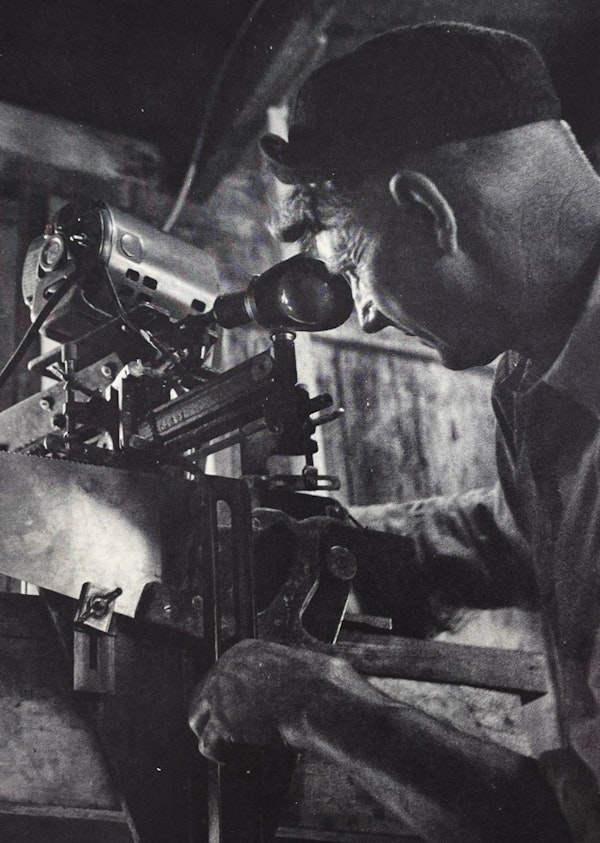
CHAPTER 5: “IT’S HARD TO BELIEVE WE SURVIVED …”
The knife company that Hoyt Buck entrusted to his oldest son hardly posed a major threat to the knife industry.
True, H. H. Buck & Son was slowly gaining a reputation for the durability of its blades. Still, because every knife was handmade, Buck produced only about 25 units a week. As a result, Buck knives were extremely expensive, and their market was extremely small.
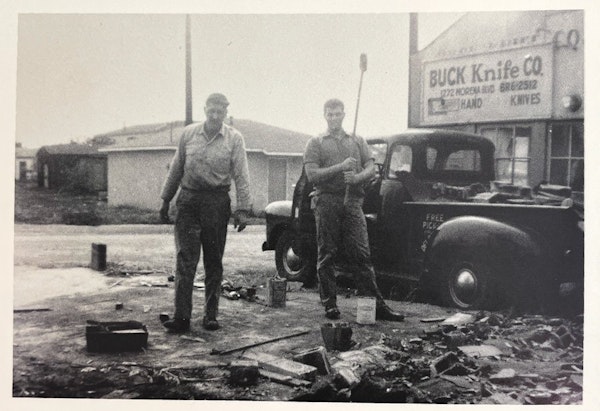
“Looking back, it’s hard to believe we survived,” Al Buck conceded with a shake of his head. “It was really a Ma and Pa operation. I made knives. Ida handled the books. When he got older, Chuck (the couple’s oldest son) chipped in whenever he could. We sure weren’t General Motors, and that’s for sure.”
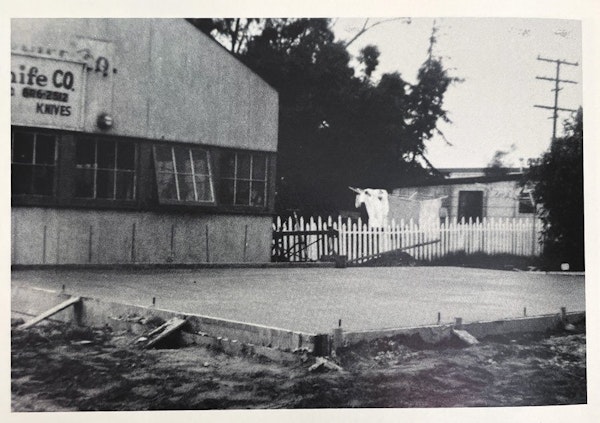
Consider how the Bucks acquired the materials needed for the production of their knives and accessories:
Until 1961, the Buck’s converted secondhand metal files into knife blades. Most of these files came from Consolidated Vultee. The independent waste hauler hired by Consolidated would separate the files from the remainder of his load and sell them to Buck a penny apiece. “They were so cheap, we always took as many as he could bring us,” Al said. “We used to stack up those files like cordwood.”
The handles were carved from lignum vitae and rosewood scraps, collected from the Sullivan Hardwood Co.
The sheaths were made from scraps collected from the McPherson Leathergoods Co.
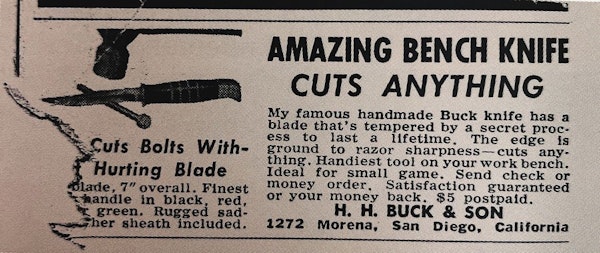
Even so, the good days were often outnumbered by the bad. At one point, the Buck’s (who had begun to run small ads in national outdoor magazines) fell so far in arrears in payment to advertising consultant Bill Phillips that he refused to place any more ads until he was paid.
For a time, the Buck’s made more money from sharpening lawnmowers and saws than they did making knives.
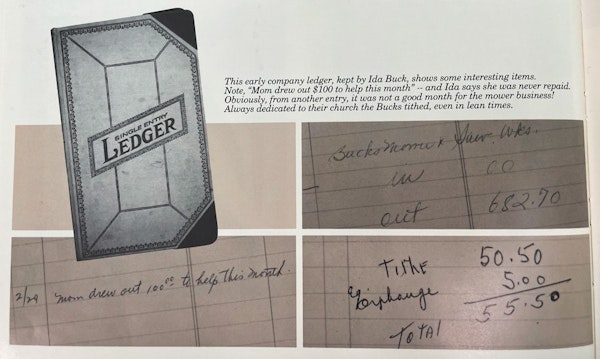
“I came within a gnat’s eyebrow of quitting,” Al Buck conceded, as he thought back over those challenging days. “I was working day and night, and for what? It was all very discouraging, believe me.”
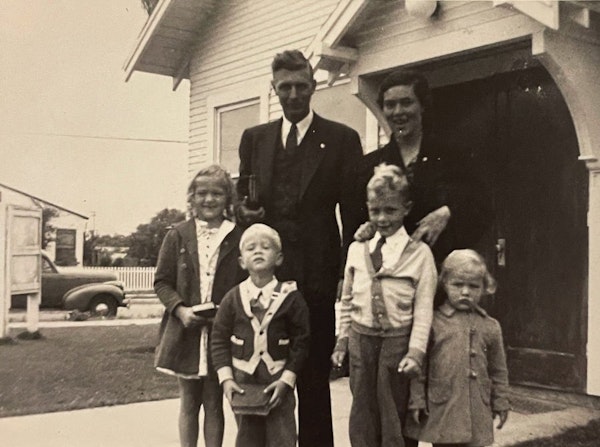
CHAPTER 6: INCORPORATION, THE PIVOTAL STEP
With the company on the brink of bankruptcy, and Al Buck on the brink of exhaustion, the pressure was beginning to show. Then, in the fall of 1960, Buck was approached by Rev. Robert Wilson, pastor as the Assembly of God Church in Ocean Beach. “Al,” he observed, “you’re killing yourself.”
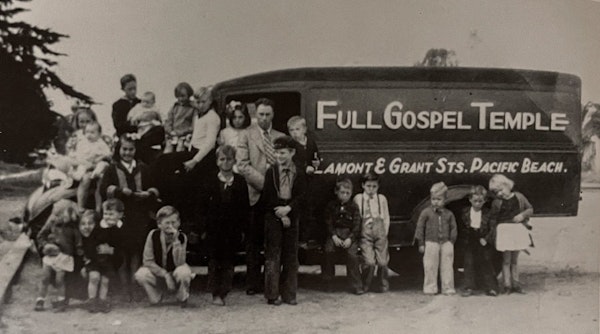
This direct evaluation triggered a lengthy conversation after choir practice and, when it was over, Wilson offered to find some help for Buck. Little did either man know how successful that search would be.
History does not record exactly when this meeting took place, but it proved pivotal in the development of the business. Wilson, the moderator, expressed his belief that Buck should incorporate and use the capital from the sale of stock to outfit a factory that could mass produce knives.
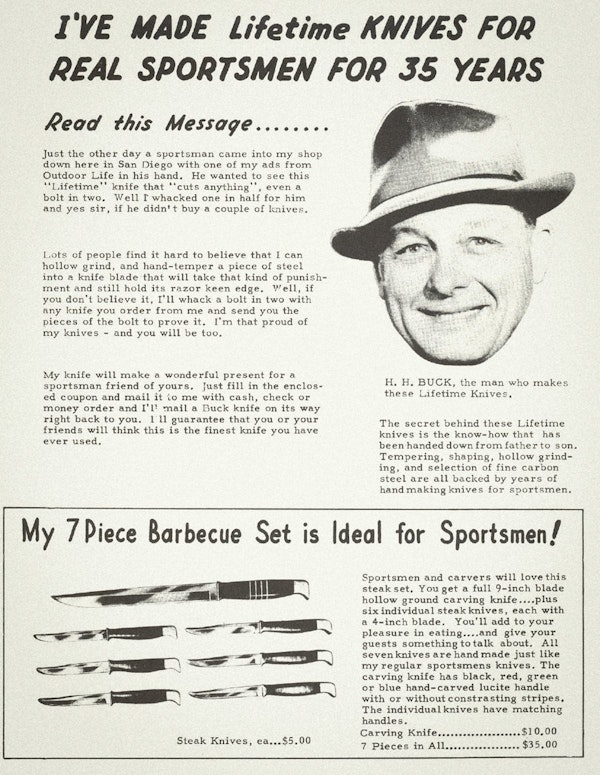
Craig agreed. What’s more, Craig offered to oversee this transition himself. This was a significant offer because Craig, a seasoned manufacturing manager at Ryan, also had considerable experience with metals. In fact, he was part-owner of Precision Metals, a small shop that specialized in the custom welding of parts for airplanes.
By the time that meeting had adjourned, all three men were excited by the prospect of forming a new corporation, and none was more taken than Craig. He vowed to launch a fact finding campaign among his various friends and business associates, and suggested the men reconvene the following month.
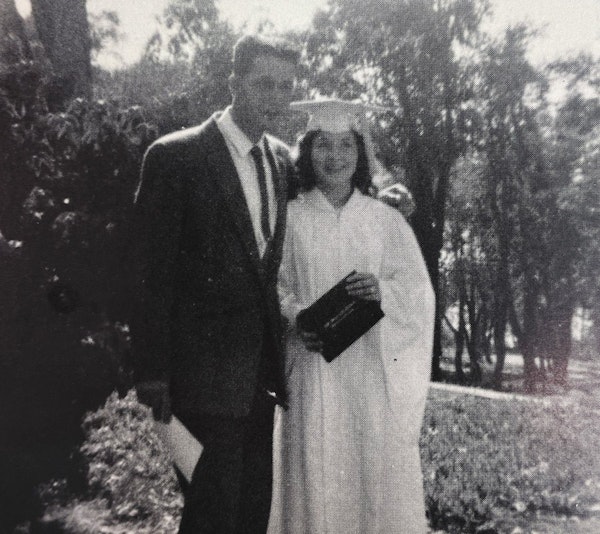
This second organizational meeting took place at the Point Loma Inn, in San Diego, and included these additional participants:
Don Ham, chief accountant for the S. Holding Co. of C. Arnholt Smith and the accountant for Precision Metals
Attorney C. Hugh Friedman, a business associate of Ham’s
Bill Kupilik, a friend of Craig’s and, like Craig, a manager at Ryan
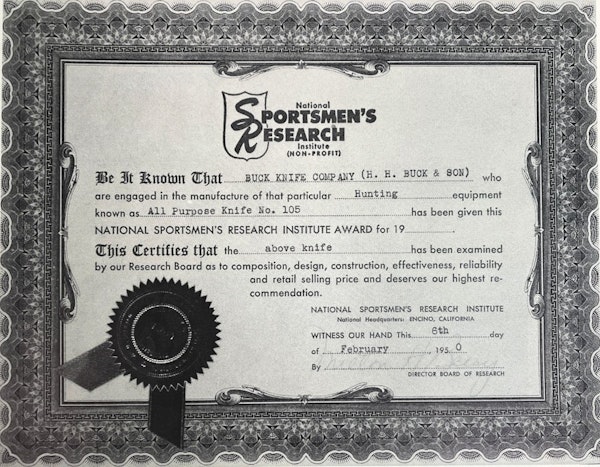
Al Buck listened attentively as his new advisers presented the pros and cons of incorporating his company. At length, they suggested he proceed, and Buck’s vote made it unanimous.
Friedman was asked to draw up the agreements that would preface the action itself. The men shook hands. Buck Knives, Inc., was about to become a reality.

